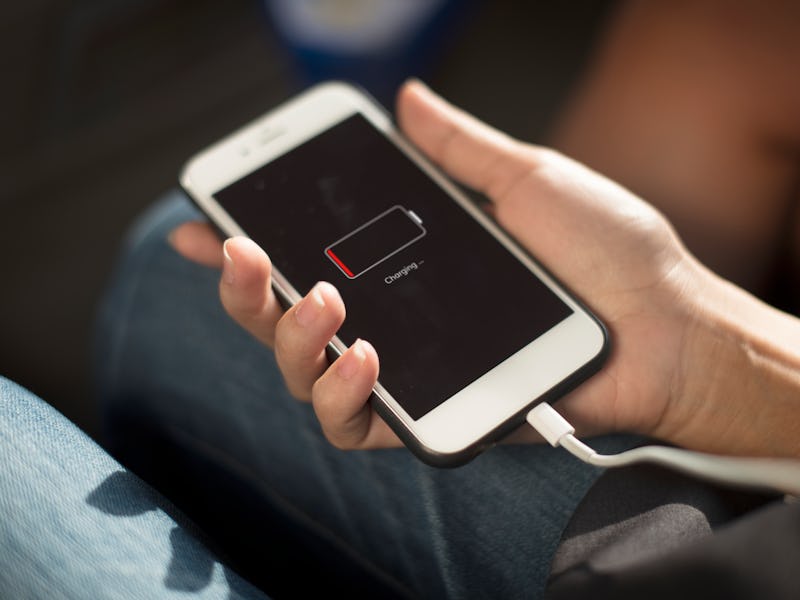How This Lithium-ion Breakthrough Could End Smartphone Battery Anxiety
It could also lead to better electric cars.

A team of researchers have cleared the path to enable batteries that are safer, lighter, and contain more power. W.M. Keck Professor of Energy Yang Shao-Horn says her team aimed to identify the “fundamental principle” behind good battery materials, and its new method could lead to electric cars with further range and smartphones that last for days.
The approach, about five years in the making, comes from a team of 13 researchers from Massachusetts Institute of Technology and other institutions. Today’s batteries tend to use liquid electrolytes to enable electrons to move between the poles and provide power. Researchers have been looking for alternative candidates for years, but it’s hard to know which materials could work as a replacement. The team discovered a method for analyzing the material’s crystalline structure to understand how vibrations containing heat and sound (known as “phonons”) move, an indicator of its usefulness as a lithium-ion conductor. The findings were published in Energy and Environmental Science.
The crystal lattice of a proposed battery material, Li3PO4.
The breakthrough aids in the development of a safer alternative to today’s batteries, with a quiet race to develop a battery that uses solid materials currently underway. Doug Campbell, the CEO of Solid Power, told Inverse in January that solid state batteries could reach certain industries within the next three to five years, with electric car versions within five to 10 years. While BMW has teamed up with Solid Power, Toyota has been working on an in-house solution. Tesla CEO Elon Musk also alluded to an internal breakthrough in an August 2017 investor call.
The new method isn’t just good for identifying materials, though. The team also found it could tweak the vibrational properties of the lithium itself, which can help improve performance further. The method also enables further research into alternative storage systems like solid oxide fuel cells, which could offer even better performance.
A solid state battery has been a dream for some time, and the breakthrough could enable widespread adoption. With researchers like Solid Power arguing it could double energy storage, it would mean huge gains for a car like the 200 kilowatt-hour Tesla Roadster, set to hit roads in 2020 with an already staggering 620 miles of range.
The days of running for the iPhone charger at a moment’s notice may soon come to an end.